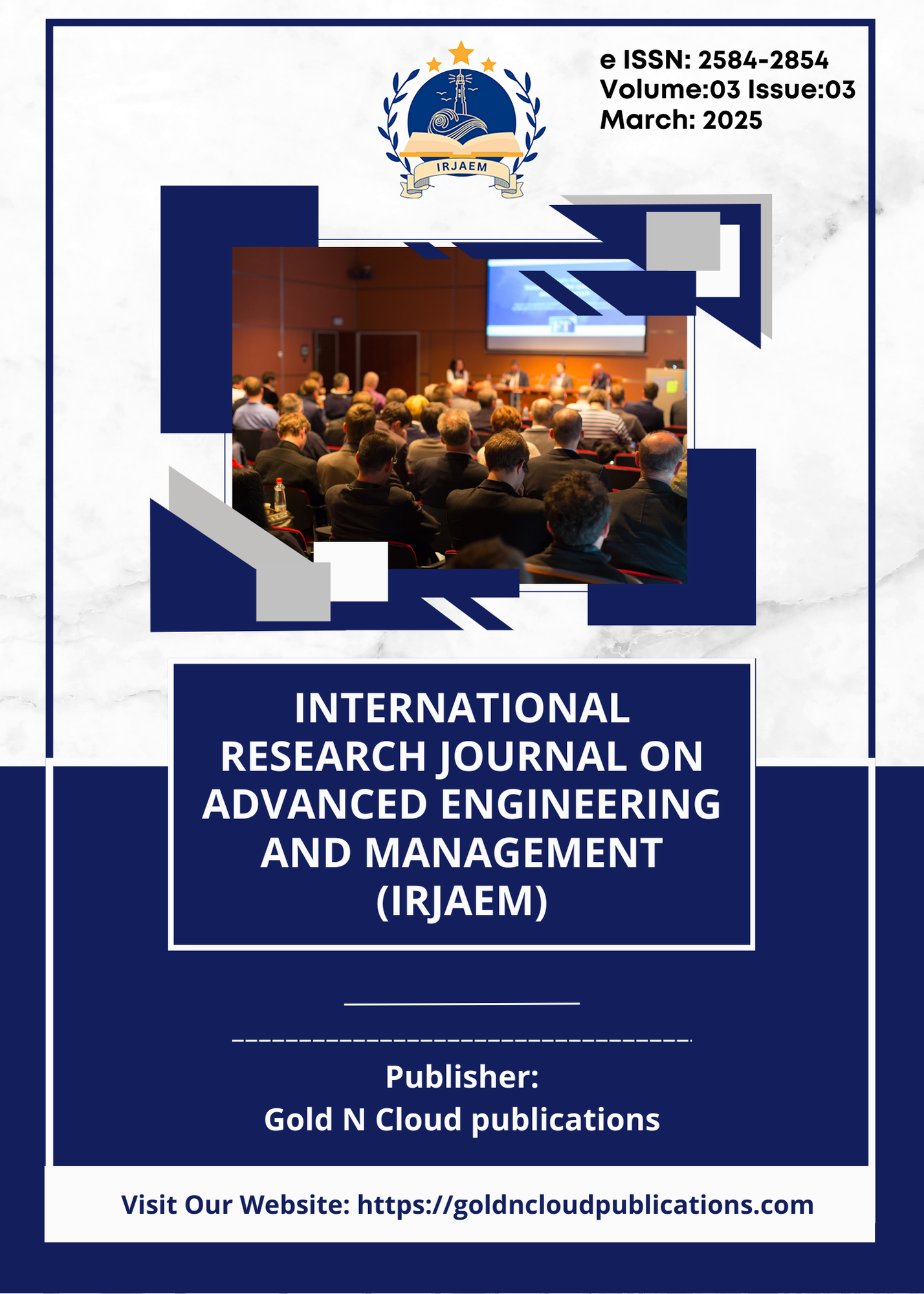Overcoming the Practical Gap in Planning and Execution Phases of Residential Building Construction Using Cost-Effective AI Tools in Rural Areas
DOI:
https://doi.org/10.47392/IRJAEM.2025.0072Keywords:
Planning-Execution Gap, Artificial Intelligence (AI) tools, sustainable and cost-effective construction practicesAbstract
This research paper explores the challenges faced during the planning and execution phases of residential building construction in rural area, with a focus on bridging the gap between theoretical knowledge and practical implementation. The study emphasizes the use of cost-effective Artificial Intelligence (AI) tools to streamline construction processes, reduce delays, and optimize costs. A residential building project from a rural area was selected for analysis, covering aspects such as site clearance, planning, estimation, scheduling, and execution. The study compares theoretical estimates with actual costs, identifies delays and their causes, and evaluates the effectiveness of AI tools in mitigating these challenges. The findings highlight the potential of AI in improving construction efficiency, reducing material wastage, and enhancing decision-making in resource-constrained rural environments. This research aims to provide actionable insights for civil engineers, contractors, and policymakers to adopt AI-driven solutions for sustainable and cost-effective construction practices in rural areas.
Downloads
Downloads
Published
Issue
Section
License
Copyright (c) 2025 International Research Journal on Advanced Engineering and Management (IRJAEM)

This work is licensed under a Creative Commons Attribution-NonCommercial 4.0 International License.


 .
. 